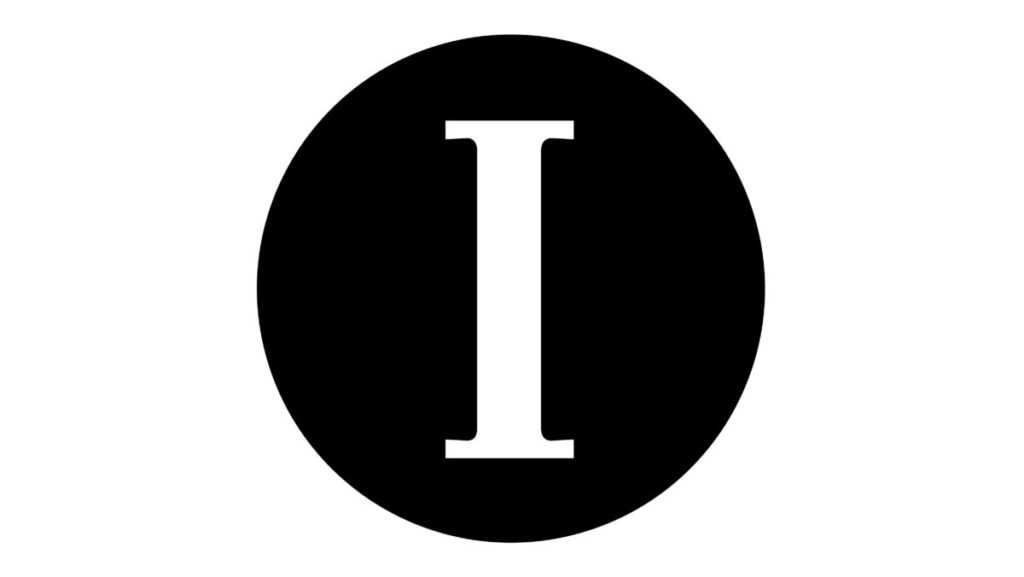During the first year of the COVID-19 pandemic, when former President Shirley M. Collado’s administration announced the oncoming elimination of 130 faculty members and the college experienced an $8 million deficit, Collado’s reportable compensation increased to $723,985 because of a deferred compensation plan. It is true that the compensation agreement was made before the COVID-19 pandemic started, however, sections of compensation agreements can be renegotiated and the campus community would not know because of the lack of financial transparency. While it appears that Collado’s base compensation was cut, overall compensation rose.
Other college presidents were taking pay cuts and announcing them, like Cornell University President Martha Pollack, who took a 20% cut, or the University of Oregon President Micheal Schill, who took a 12% cut. Collado never revealed her pay cut and instead told the community to refer to the Form 990. On top of that, the college uses deferred compensation agreements that are unknown in size until the person receives the money.
Except for the lack of regulations and financial transparency, the hierarchical difference between administration and faculty is large. The college announced that there would be no contribution to staff and faculty retirements in 2020, yet administration members were the top earners after salary reduction.
There are unbelievably enormous differences between the administration’s and faculty’s compensations. When Collado received $723,985 in reportable compensation, there were professors who only made $62,000 a year. In what world is this fair? Regulations on administration’s compensations must be created and financial transparency must increase on campus. Students and faculty should freely be able to see the money administrators receive because if they are not dishonest about it then there is nothing to hide. It will take a while to achieve these goals, but lobbying for them will result in something.














